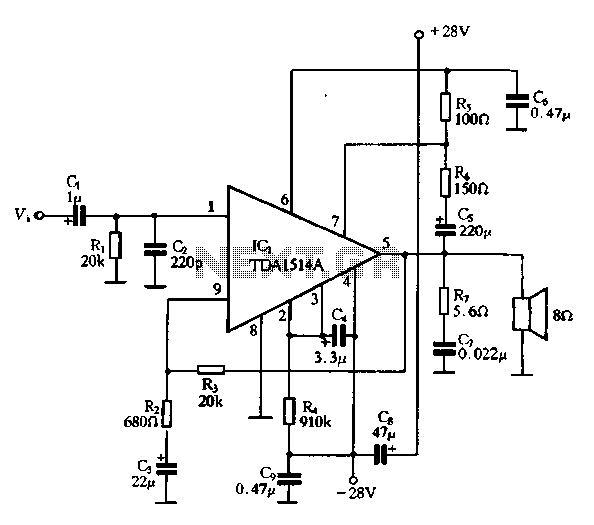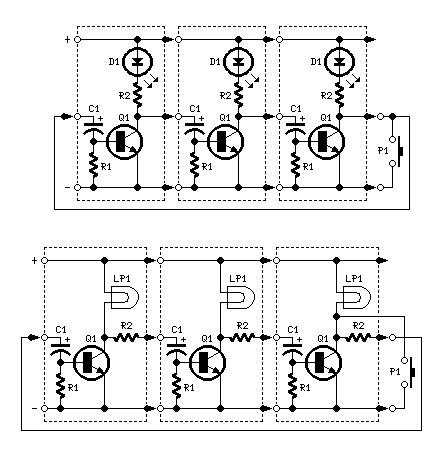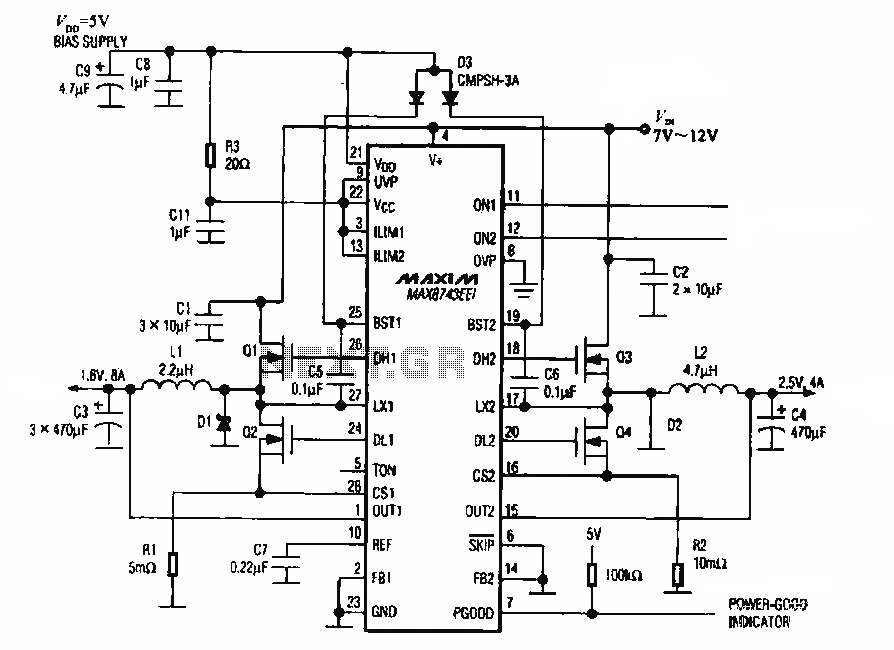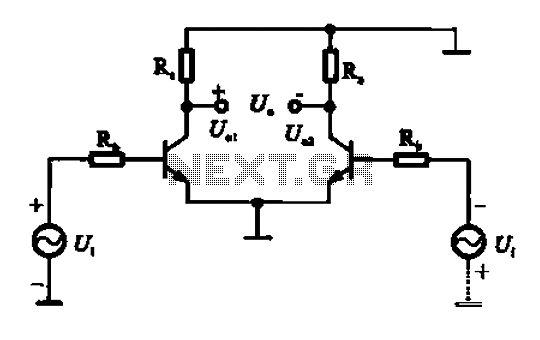
Crystal Tester Circuit
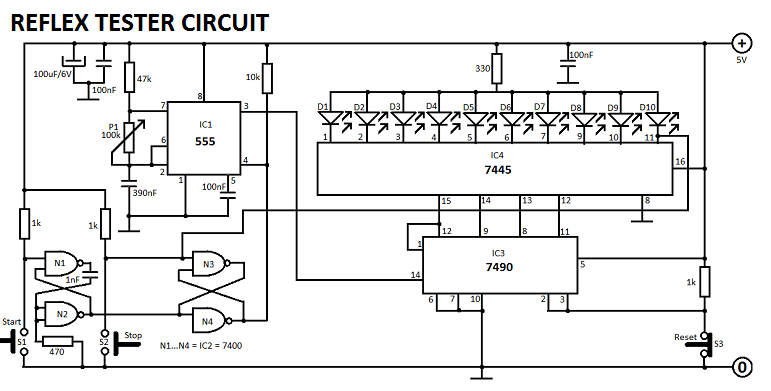
The concept for this crystal tester circuit originated from the necessity to evaluate a large quantity of oscillator crystals that were not in use within a hobby box. Testing each crystal individually without the proper equipment would have been a slow and labor-intensive process. Commercial crystal testers, on the other hand, tend to be quite expensive, which led to the creation of this simple electronic crystal tester. The transistor T1, along with the crystal being tested, forms a complete crystal oscillator. Capacitors C1 and C2 function as a capacitive voltage divider connected to transistor T1. When the crystal under test is functional, the circuit oscillates. The sine wave oscillation voltage is directed to a rectifier circuit (D1, D2) and filtered by capacitor C4. If the crystal is intact, the resulting DC voltage at the base of transistor T2 is sufficiently high to enable conduction, causing the LED to illuminate, indicating that the crystal is operational.
The circuit operates on a straightforward principle of oscillation. The heart of this tester is the crystal oscillator formed by the combination of the crystal and transistor T1. When a functional crystal is connected, it resonates at its specified frequency, leading to oscillation. Capacitors C1 and C2 are critical for ensuring that the oscillation is stable and can be effectively measured. They create a voltage divider that allows a portion of the oscillating signal to be fed back to the transistor, maintaining the oscillation.
The output of the oscillator is a sine wave, which is then processed by the rectifier circuit composed of diodes D1 and D2. This rectification converts the AC signal into a pulsating DC signal, which is further smoothed by capacitor C4. This filtering is essential for providing a stable DC voltage to the base of transistor T2. The base-emitter junction of T2 acts as a switch; when the voltage exceeds a certain threshold, T2 turns on, allowing current to flow through the LED, thus illuminating it.
In summary, this crystal tester circuit offers an efficient and cost-effective solution for hobbyists and engineers alike to test oscillator crystals quickly and accurately. Its design leverages basic electronic components to achieve functionality that rivals more expensive commercial alternatives. The simplicity of the circuit allows for easy assembly and troubleshooting, making it an ideal project for those looking to enhance their understanding of oscillator circuits and crystal technology.The idea for this crystal tester circuit sprung out of the need of testing a large number of oscillator crystals lying unused in a big hobby box. testing the crystals one by one without the appropriate device would have been very slow and a time consuming task.
Commercial crystal testers are however very expensive, that is why this simple electron ic crystal tester was born. The transistor T1 and the crystal to be tested together makes a complete crystal oscillator. The capacitors C1 and C2 works as a capacitive voltage divider that is connected to the transistor T1. If the crystal being tested is intact, the circuit oscillates. The sine wave oscillation voltage is fed to the rectifier circuit (d1, D2) and filtered by capacitor C4.
With an intact crystal, the DC voltage at the base of the transistor T2 is high enough to cause the transistor to conduct. The LED lights up signalling that the crystal is good. 🔗 External reference
The circuit operates on a straightforward principle of oscillation. The heart of this tester is the crystal oscillator formed by the combination of the crystal and transistor T1. When a functional crystal is connected, it resonates at its specified frequency, leading to oscillation. Capacitors C1 and C2 are critical for ensuring that the oscillation is stable and can be effectively measured. They create a voltage divider that allows a portion of the oscillating signal to be fed back to the transistor, maintaining the oscillation.
The output of the oscillator is a sine wave, which is then processed by the rectifier circuit composed of diodes D1 and D2. This rectification converts the AC signal into a pulsating DC signal, which is further smoothed by capacitor C4. This filtering is essential for providing a stable DC voltage to the base of transistor T2. The base-emitter junction of T2 acts as a switch; when the voltage exceeds a certain threshold, T2 turns on, allowing current to flow through the LED, thus illuminating it.
In summary, this crystal tester circuit offers an efficient and cost-effective solution for hobbyists and engineers alike to test oscillator crystals quickly and accurately. Its design leverages basic electronic components to achieve functionality that rivals more expensive commercial alternatives. The simplicity of the circuit allows for easy assembly and troubleshooting, making it an ideal project for those looking to enhance their understanding of oscillator circuits and crystal technology.The idea for this crystal tester circuit sprung out of the need of testing a large number of oscillator crystals lying unused in a big hobby box. testing the crystals one by one without the appropriate device would have been very slow and a time consuming task.
Commercial crystal testers are however very expensive, that is why this simple electron ic crystal tester was born. The transistor T1 and the crystal to be tested together makes a complete crystal oscillator. The capacitors C1 and C2 works as a capacitive voltage divider that is connected to the transistor T1. If the crystal being tested is intact, the circuit oscillates. The sine wave oscillation voltage is fed to the rectifier circuit (d1, D2) and filtered by capacitor C4.
With an intact crystal, the DC voltage at the base of the transistor T2 is high enough to cause the transistor to conduct. The LED lights up signalling that the crystal is good. 🔗 External reference
